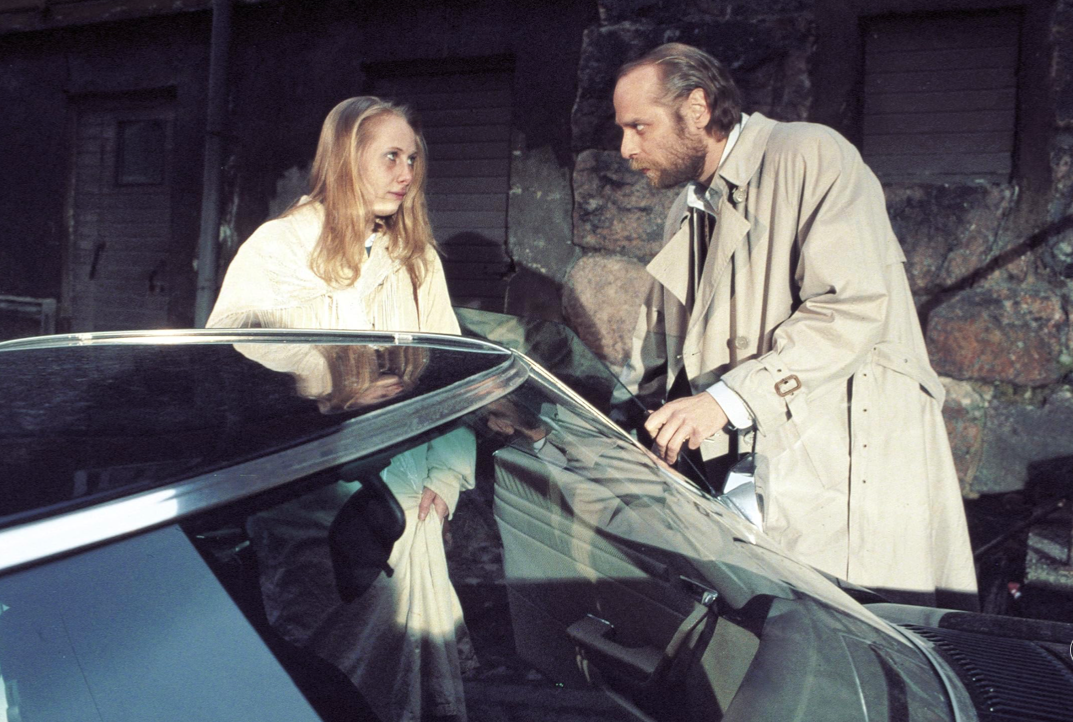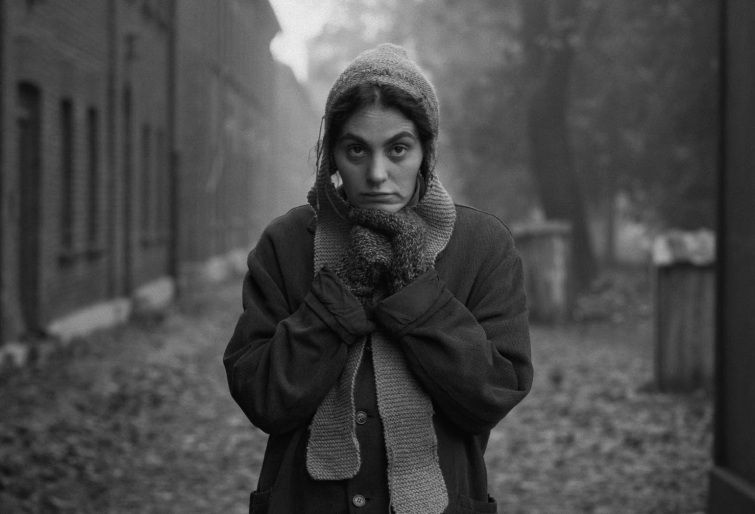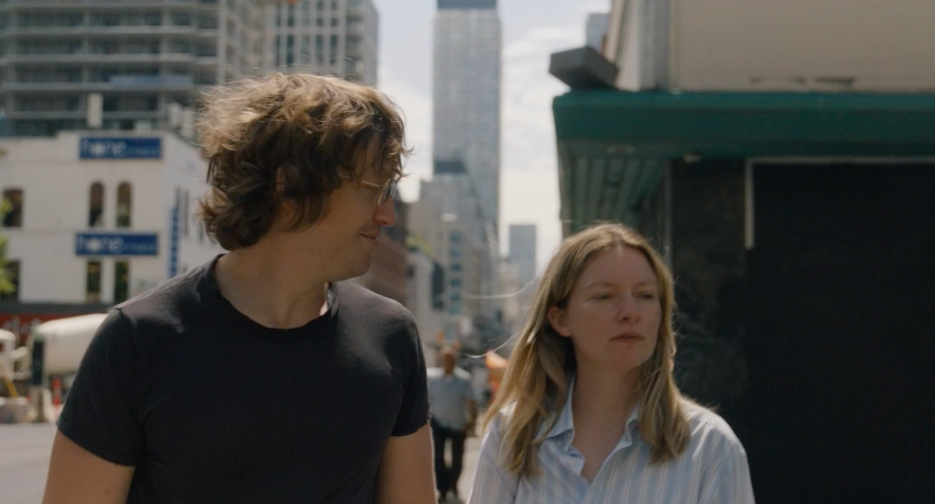OTC Rating : 5/5
Introduction
Aki Kaurismäki’s The Match Factory Girl is a masterclass in minimalism, silence, and emotional control. It’s a short but deeply impactful film that quietly follows the life of a young woman trapped in a bleak world — until something in her snaps. Don’t be fooled by its simplicity; this is a film loaded with quiet power and dark poetry.
Story: A Life of Stillness, Until It Isn’t
The story follows Iris (played by Kati Outinen), a lonely factory worker who lives with her cold and unloving parents. She works in a match factory, lives a silent, repetitive life, and has no say in her own fate. When a brief relationship ends in betrayal, something shifts inside her — and her silence becomes resistance.
There’s very little dialogue, but every frame tells us something: about loneliness, invisibility, humiliation, and eventually, revenge. The story is told more through what’s not said, which makes it all the more haunting.
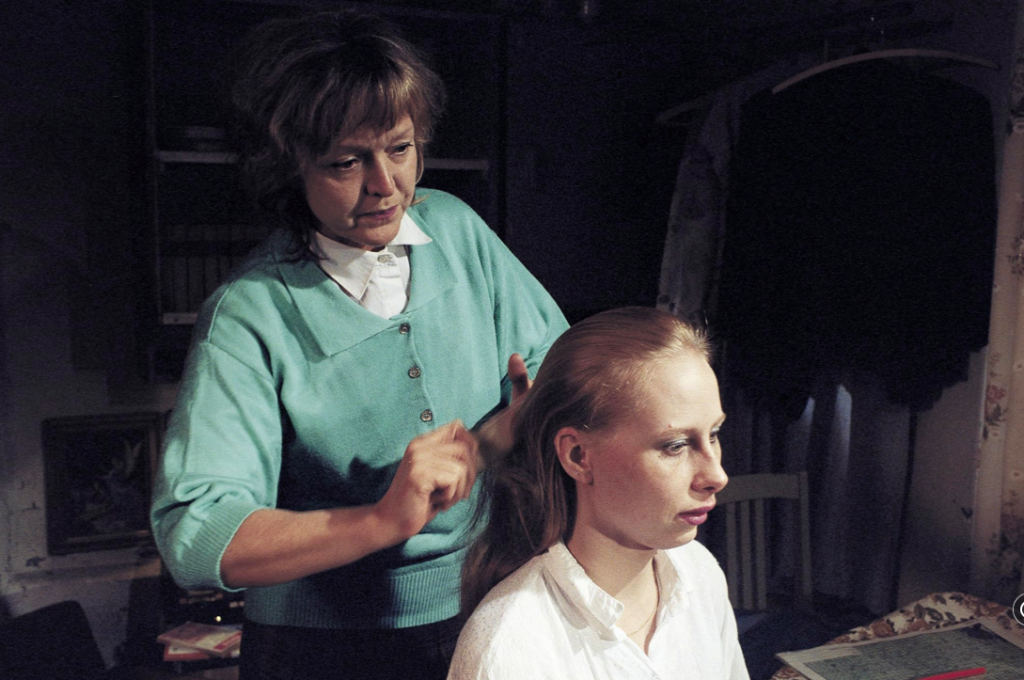
Image courtesy : IMDB
Direction: Kaurismäki’s Minimalist Magic
Aki Kaurismäki’s direction is restrained and tightly controlled. He uses still frames, minimal camera movement, and dry humor to great effect. His approach is anti-melodramatic — there’s no crying, no shouting — but the emotion still seeps through. It’s filmmaking that trusts the audience to pay attention and feel what’s beneath the surface.
Kaurismäki also critiques the cruelty of modern society: how working-class people can be treated as invisible, and how emotional numbness becomes a survival tool.
Acting: Kati Outinen’s Unforgettable Performance
Kati Outinen’s portrayal of Iris is the soul of the film. She barely speaks, hardly moves her face, and yet delivers a performance full of emotion and weight. Her blank expressions are not emptiness — they’re repression, trauma, survival.
The supporting actors, including Elina Salo and Esko Nikkari as her cold parents, match the tone perfectly. They embody a world where empathy seems to have died.
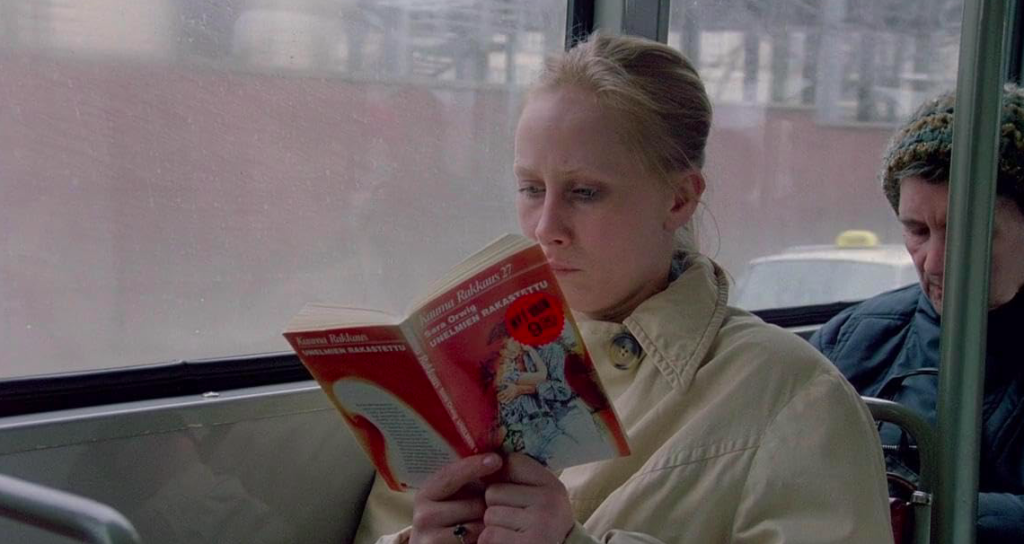
Image courtesy : IMDB
Cinematography: Stillness as Power
Timo Salminen’s cinematography is as quiet as the film itself. Every frame is like a painting — symmetrical, static, and loaded with mood. The lighting is often dim and the colors muted, creating a sense of emotional coldness. Long takes and minimal camera movement let you sit with the characters and their discomfort. It’s not flashy, but it’s deliberate — and beautiful in its sadness.
Production & Art Design
The production design is simple, sparse, and deeply symbolic. The drab interiors, grey walls, and bare surroundings mirror Iris’s life — dull, controlled, and without escape. Nothing is decorative. Everything has a purpose: to make us feel the monotony and hopelessness.
The match factory, with its repetitive machinery and harsh lighting, becomes a metaphor for Iris’s entire existence — mechanical, colorless, and invisible.
Sound Design: Silence That Screams
Sound is used sparingly, and silence is often more important than dialogue. Everyday sounds — footsteps, machines, doors closing — are amplified, making the environment feel hostile. The absence of constant background music allows the viewer to sit in discomfort, to feel the stillness and the weight of Iris’s loneliness.
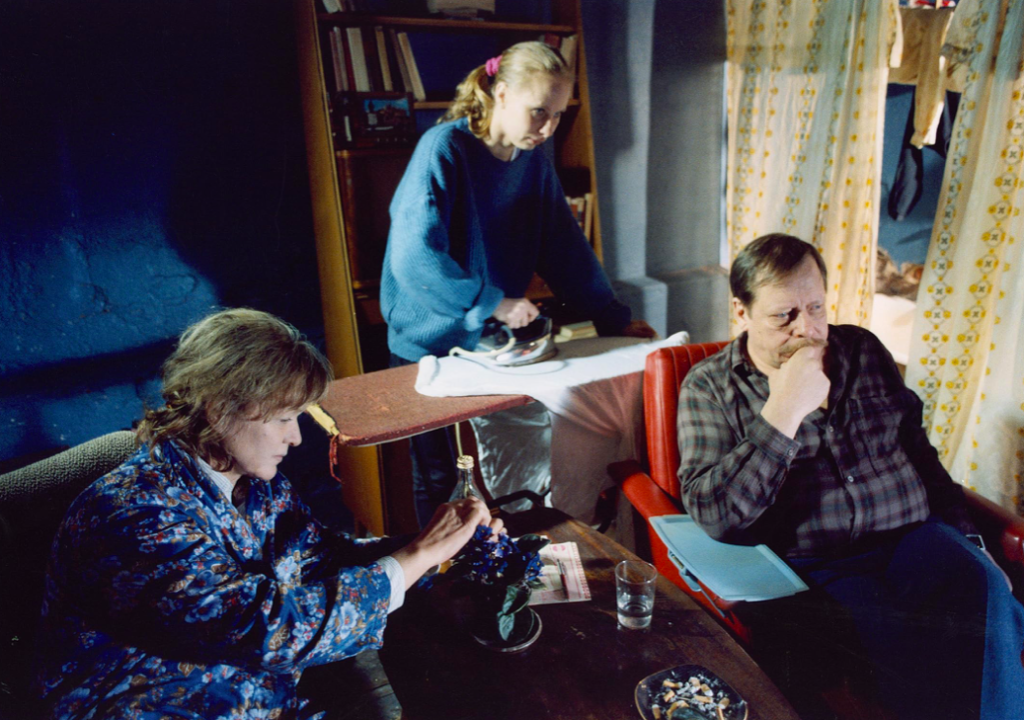
Image courtesy : IMDB
Music & BGM
When music does appear, it’s usually diegetic (from radios or bars) — often melancholic Finnish pop or classical pieces. These songs aren’t just for mood; they act as emotional punctuation in a film that holds back most of the time. The contrast between the character’s inner world and the upbeat tunes makes the emotional undercurrent even stronger.
Editing: Sharp and Ruthless
Editing in The Match Factory Girl is minimal and precise. No scene overstays its welcome. Cuts are often abrupt, reinforcing the film’s brutal and indifferent world. The runtime of 69 minutes is packed with meaning — every shot serves a purpose, and nothing is wasted.
Conclusion
The Match Factory Girl is a quietly devastating film. It doesn’t shout — it whispers, and those whispers echo long after the film ends. Through sparse dialogue, powerful visuals, and a lead performance filled with restrained emotion, Aki Kaurismäki creates a cinematic experience that is haunting, darkly humorous, and profoundly human.
Why You Should Watch It:
- A masterclass in minimalist filmmaking
- Kati Outinen’s unforgettable silent performance
- Stunningly composed cinematography
- Thought-provoking and emotionally layered
- A dark, dry sense of humor that cuts deep

